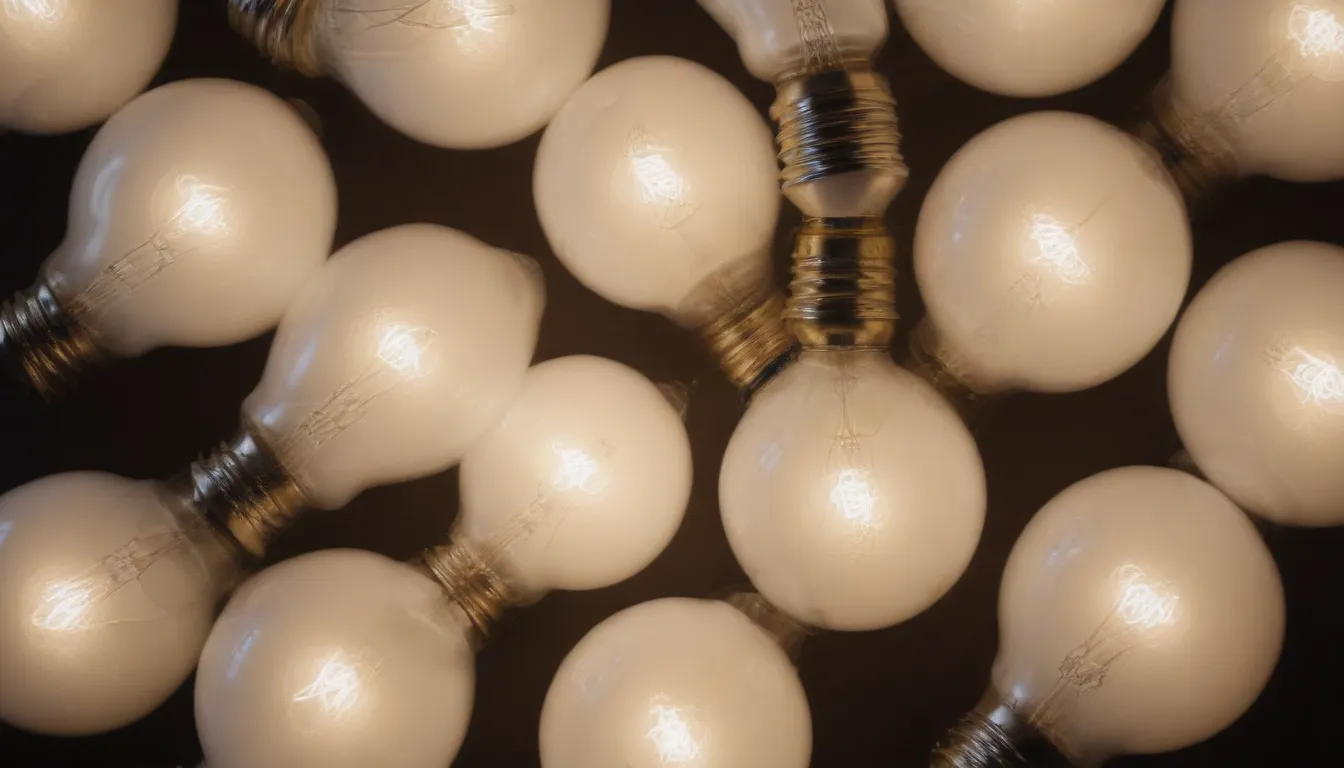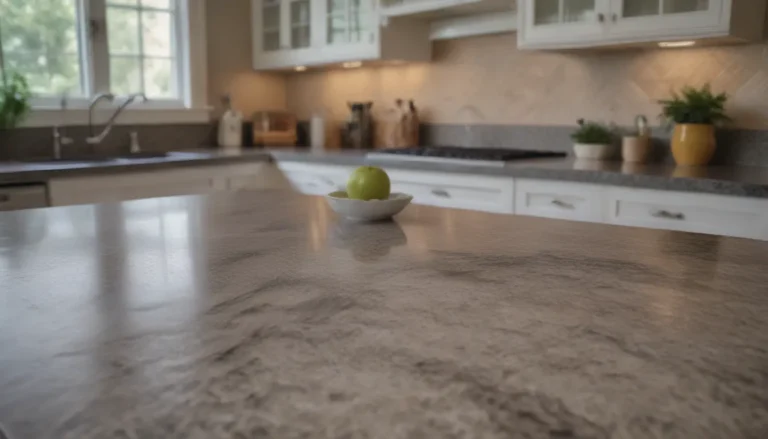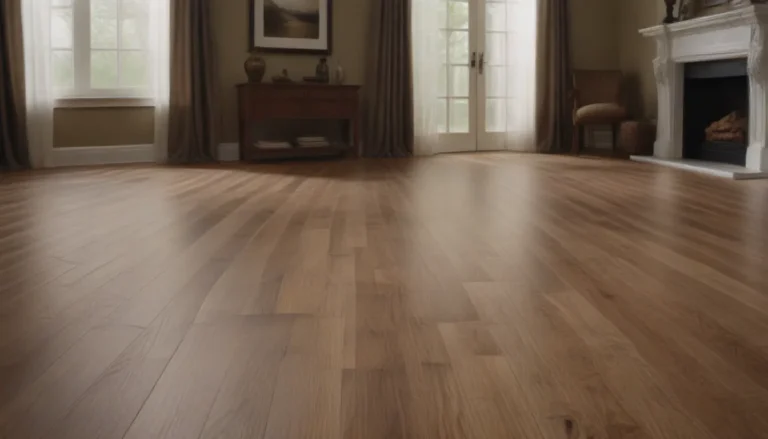Understanding Warm White and Soft White Light Bulbs: Choosing the Right Lighting for Your Home

When it comes to selecting the perfect light bulbs for your home, it’s essential to consider more than just wattage and size. The color temperature of the bulb plays a significant role in the ambiance and functionality of a room. In this article, we will delve into the differences between warm white and soft white light bulbs, helping you make an informed decision on which to use in your home.
The Basics: Watts and Kelvins
Before we dive into the specifics of warm white and soft white light bulbs, it’s crucial to understand two essential terms:
- Watts: This refers to the power consumption of a light bulb. In the past, watts were used to measure the brightness of incandescent bulbs.
- Kelvins: The Kelvin scale measures a light bulb’s color temperature, indicating the warmth or coolness of the light it emits.
Exploring Different Color Temperatures
Let’s take a closer look at the color temperature range of four common types of light bulbs:
Soft White
Soft white light bulbs typically fall between 2,700 and 3,000 Kelvins, emitting a soft yellow glow. These bulbs are ideal for creating a cozy ambiance in spaces like bedrooms and living rooms.
Warm White
On the higher end of the Kelvin scale, warm white light bulbs range from 3,000 to 4,000 Kelvins. They emit a warm yellow-white light, making them suitable for areas like kitchens, bathrooms, and hallways.
Cool or Bright White
Cool or bright white light bulbs have color temperatures between 4,000 and 5,000 Kelvins, producing white and blue tones. These bulbs are best suited for locations that require bright illumination, such as offices and garages.
Daylight
Daylight bulbs, ranging from 5,000 to 6,500 Kelvins, emit a bluer tone similar to natural daylight. These bulbs offer optimal visibility and are commonly used in hospitals, offices, and classrooms.
Choosing Between Warm White and Soft White
If you’ve ever used incandescent bulbs in your home, you’re likely familiar with soft and warm white lighting. While they share similar yellowish-white tones, there are subtle differences between the two:
- Soft white provides a softer glow compared to warm white.
- Both variations emit a semi-yellow glow on the Kelvin scale.
It’s perfectly acceptable to mix warm white and soft white bulbs in your home. However, for a cohesive aesthetic, it’s advisable to use the same type of bulbs within the same room.
Creating Ambiance with Light Bulbs
Adjusting the lighting in a room can significantly impact its ambiance. Different spaces call for varying levels of illumination, depending on their purpose. Dimmer switches offer a convenient way to regulate the intensity of light fixtures, allowing you to customize the ambiance to suit your needs.
For instance, enhancing the ambiance of a room for a cozy movie night or creating a well-lit workspace in the kitchen can be achieved with the right choice of light bulbs and dimming controls.
Where to Use Warm White and Soft White Bulbs
To help you decide where to use warm white and soft white light bulbs in your home, consider the following suggestions:
Where to Use Warm White Bulbs
- Kitchens
- Bathrooms
- Hallways
Where to Use Soft White Bulbs
- Bedrooms
- Living rooms
- Reading nooks
Soft white lighting, with its warm and cozy glow, is perfect for creating a relaxing atmosphere in spaces where you unwind. On the other hand, warm white bulbs provide a bit more energy to your illumination, making them suitable for high-traffic areas like kitchens and bathrooms.
Additional Considerations
- Daylight bulbs are ideal for areas with limited natural light, such as bathrooms without windows.
- Cool white light sets a contemporary tone, perfect for modern spaces or kitchens.
- Bright white bulbs are best for achieving optimal visibility in workspaces like offices or garages.
By blending different types of bulbs strategically, you can create a harmonious lighting scheme that enhances the aesthetic and functionality of each room in your home.
Conclusion
Selecting the right light bulbs for your home involves more than just wattage and size. By understanding the distinctions between warm white and soft white light bulbs, you can tailor the lighting in each room to suit its unique purpose and ambiance. Experiment with different color temperatures to find the perfect balance between functionality and comfort in your living spaces.





